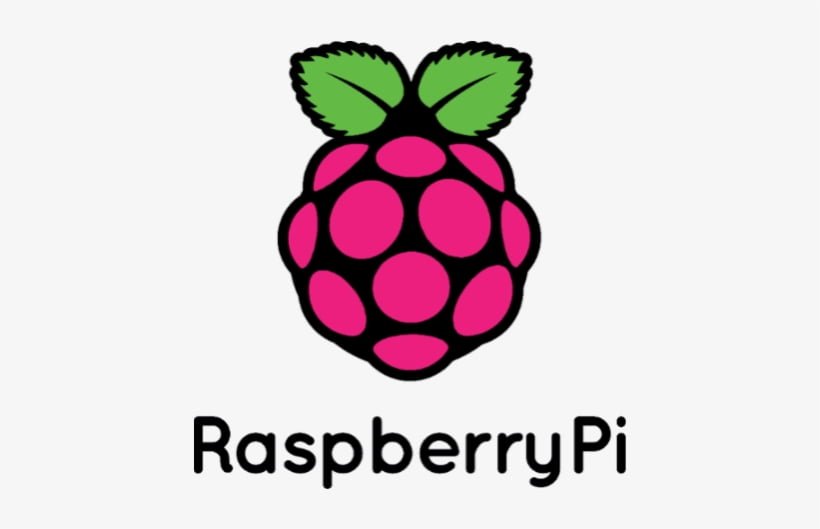
Beginners Guide to the Command Line
The Raspberry Pi is a powerful and versatile device, and while its graphical user interface (GUI) is user-friendly, delving into the world of the command line terminal can unlock a whole new level of control and customization. In this guide, we’ll introduce you to the essentials of using the terminal on your Raspberry Pi, helping you become more proficient in this fundamental skill.
Why Learn the Terminal?
Mastering the command line terminal opens up a world of possibilities. It allows you to perform tasks efficiently, troubleshoot issues, and unleash the full potential of your Raspberry Pi. Whether you’re a beginner or an experienced user, this guide will help you gain confidence in navigating and using the terminal.
Accessing the Terminal
Before you can start working with the terminal, you need to know how to access it:
Graphical Terminal: If you’re using the Raspberry Pi’s graphical interface (usually known as the “Desktop”), you can open a terminal window by clicking on the terminal icon in the taskbar.
SSH: If you’re connecting to your Raspberry Pi remotely over SSH, you can access the terminal by connecting to your Pi through an SSH client on your computer.
Local Terminal: If you’re working directly on the Raspberry Pi (without a GUI), you’ll find yourself at the command line by default.
Basic Terminal Commands
We’ll cover some essential terminal commands to get you started:
ls: List files and directories in the current location.cd: Change directories.pwd: Print the current working directory.mkdir: Create a new directory.touch: Create a new file.rm: Remove files or directories.cp: Copy files or directories.mv: Move or rename files or directories.
Working with Files and Directories
Learn how to navigate your file system, create, copy, and delete files and directories, and move and rename them. Understanding these basics will make you more efficient in managing your Raspberry Pi projects.
Useful Commands
Here are some useful commands for beginners when using the terminal on a Raspberry Pi:
- Rebooting System:
sudo reboot– This command reboots the system.
- Shutting Down the System:
sudo shutdown– This command will begin the shutdown timer.sudo shutdown now– The command will instantly shutdown the system.
-
Update Package Repositories:
sudo apt update– This command updates the list of available software packages from the repositories. It should be run periodically to ensure your system has access to the latest software.
-
Upgrade Installed Packages:
sudo apt upgrade– After updating the repositories, you can use this command to upgrade the installed packages to their latest versions.
-
Install New Software:
sudo apt install package_name– Replacepackage_namewith the name of the software you want to install. This command will download and install the specified package and its dependencies.
-
Remove Software:
sudo apt remove package_name– To uninstall software, use this command followed by the name of the package you wish to remove.
-
View Disk Space Usage:
df -h– This command displays the available disk space on your Raspberry Pi, making it easier to manage your storage.
-
Display Manual Pages:
man command_name– To get detailed information about a command and its options, use this command followed by the name of the command you want to learn more about.
-
View Command History:
history– This command displays a list of previously executed commands. You can also use the up and down arrow keys to navigate through your command history.
These commands should give beginners a good starting point for using the terminal on their Raspberry Pi. As users become more comfortable with the command line, they can explore more advanced commands and concepts.
Conclusion
In future guides, we’ll delve into more advanced topics, such as scripting, package management, and system administration tasks, all of which can be performed more efficiently through the command line terminal.
By the end of this guide, you’ll have a solid foundation in using the terminal on your Raspberry Pi, enabling you to confidently navigate the Linux command line and harness the full potential of this remarkable microcomputer.
That’s All Folks!
You can explore more of our Raspberry Pi guides here: Raspberry Pi for Beginners
Unlock the Possibilities
We have put together a list of some great Raspberry Pi products and deals: Shop Raspberry Pi Goodies Now!

